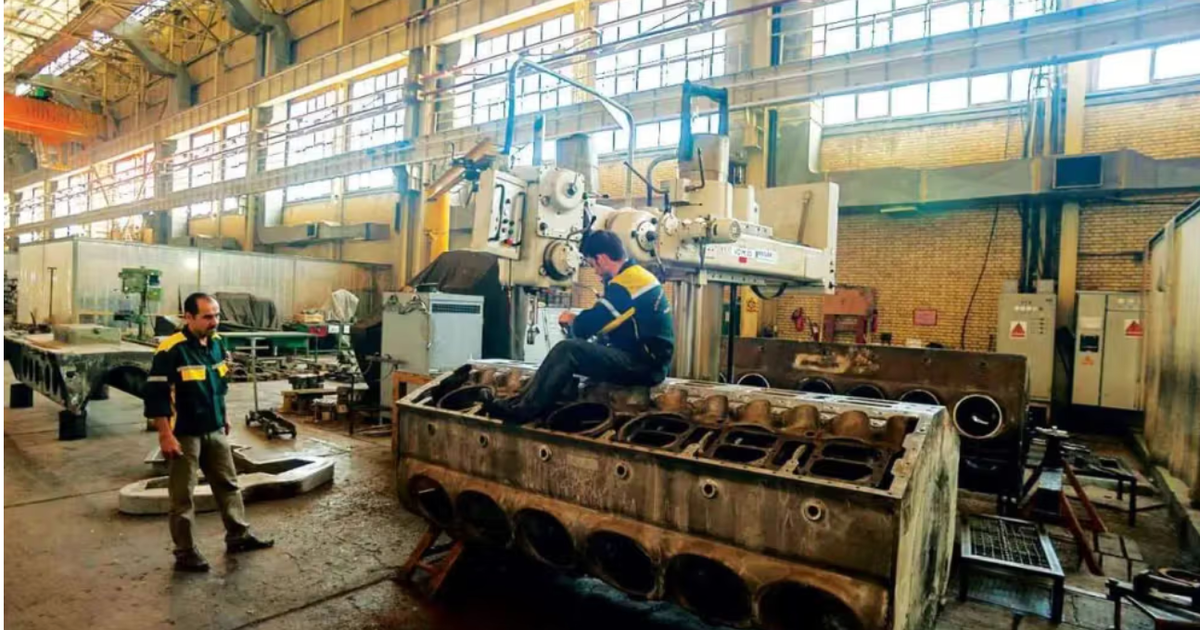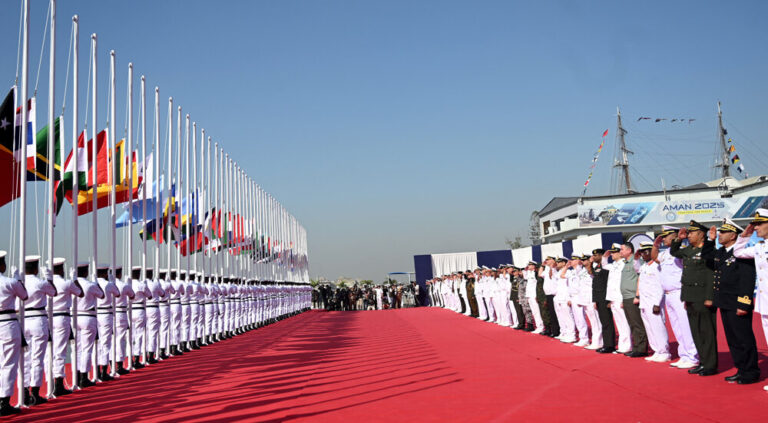Iran’s Controversial Move: Shielding Industry from Blackouts While Burdening Public Amid Rising Discontent
As Iran confronts an escalating electricity crisis, the government has opted to prioritize power supply to industries over residential needs. This strategic decision aims to prevent an economic collapse while sacrificing public comfort and essential services. Government spokeswoman Fatemeh Mohajerani stated on Monday, “There will be no such thing as production if we cut off the supply of gas in winter and electricity in summer to industries,” emphasizing the importance of protecting factories and major production centers from severe power cuts.
Currently, Iran is experiencing a peak-hour electricity deficit of approximately 20,000 megawatts. The situation has worsened due to soaring summer temperatures and critically low water levels in hydropower dams, a consequence of prolonged drought conditions. As a result, power outages, both scheduled and unforeseen, have become a common occurrence.
The administration led by President Masoud Pezeshkian attributes the electricity shortage to inherited issues. During parliamentary hearings for cabinet approval last August, energy policy was a central topic of discussion. Lawmakers expressed concerns that the widening electricity gap could lead to more severe blackouts and industrial closures.
Economic Survival Over Public Comfort
The government’s decision to prioritize industry over residential electricity consumption is a calculated risk. Iran’s manufacturing sector, already weakened by sanctions, inflation, and a volatile currency, is deemed too crucial to fail. If industries cease operations, Iran could face deeper economic stagnation. However, persistent public dissatisfaction due to daily blackouts poses a significant political risk.
Numerous industries, such as cement plants and steel factories, require a constant power supply for their operations. According to Amir Kashani, head of the Isfahan Chamber of Commerce, the steel industry alone suffered an estimated loss of around $4 billion last year due to power interruptions.
Power Cuts Affecting Daily Lives
Mounting dissatisfaction is evident, as daily life for millions is severely disrupted by power outages. The impact of these blackouts extends beyond mere inconvenience; they create hardship, hazards, and financial losses for ordinary Iranians. Key issues include:
- People trapped in elevators due to power failures.
- Traffic lights malfunctioning, leading to extensive traffic jams.
- Water supply issues in multi-story buildings, as pumps fail to operate.
- Mobile phone networks struggling due to the shutdown of towers to prevent damage.
Small businesses, including bakeries, restaurants, cafes, and grocery stores, report significant losses due to spoilage of perishable goods. This adds to their financial burdens, exacerbating the economic strain on many families.
In response to the ongoing crisis, the government has adjusted working hours for state offices to start at 6:00 AM in an attempt to avoid peak electricity demand. This change has caused major disruptions for employees and those seeking services. Recently, authorities also announced that school hours would be modified to align with this new schedule.
A Long-Term Crisis Years in the Making
Experts assert that Iran’s electricity shortage is not a recent issue but rather the culmination of decades of mismanagement and lack of investment in the energy sector. Despite having the world’s second-largest natural gas reserves, Iran has failed to modernize its energy infrastructure or expand its generation capacity. Mehdi Masaeli, secretary of the Electricity Industry Syndicate, recently remarked, “This crisis did not arise overnight, nor can it be solved in the short term.” He warned that officials must recognize the severity of the situation.
Masaeli indicated that resolving the electricity crisis would require at least three years, highlighting the need for significant financial investments, equipment procurement, and improved management coordination.
Authorities have also pointed fingers at cryptocurrency mining as a contributing factor to electricity shortages. Energy Minister Abbas Aliabadi recently stated that illegal mining activities have surged, consuming approximately 1,000 megawatts of energy. He encouraged citizens to report any illegal mining operations to the authorities. Last year, the government even offered rewards to combat unauthorized cryptocurrency mining. According to Aliabadi, over 220,000 illegal mining devices have been confiscated in the past year alone.
In conclusion, Iran’s electricity crisis illustrates the complex interplay between economic survival and public welfare. As the government navigates this challenging landscape, the impact on everyday life and the broader economy remains a pressing concern.






